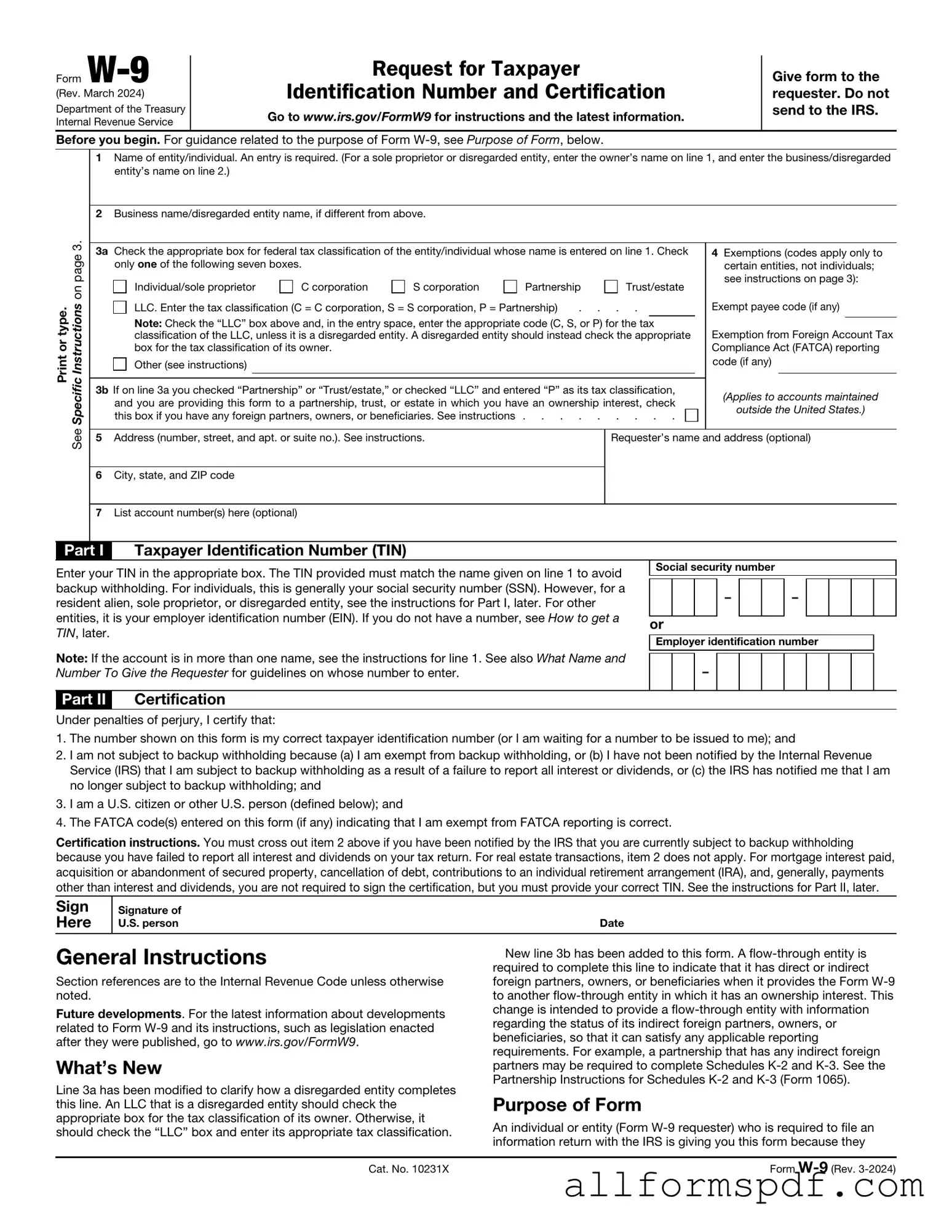Filling out the IRS W-9 form correctly is crucial for anyone receiving income that requires reporting to the IRS. However, many individuals make common mistakes that can lead to delays or complications. One frequent error is providing an incorrect taxpayer identification number (TIN). This number must match the name on the form. If there’s a mismatch, the IRS may impose penalties or withhold payments.
Another mistake is failing to check the correct box for the type of entity. Whether you are an individual, a corporation, or a partnership, selecting the wrong classification can cause issues. It is essential to accurately represent your business structure to avoid unnecessary complications.
Many people also overlook the importance of signing and dating the form. Without a signature, the W-9 is incomplete. The IRS requires this affirmation to validate the information provided. A missing signature can lead to delays in processing or even rejection of the form.
In addition, some individuals forget to update their W-9 when their information changes. If you move, change your name, or alter your business structure, it is vital to submit a new form. Failure to do so may result in incorrect tax reporting and potential penalties.
Another common error involves using outdated forms. The IRS periodically updates forms, and using an old version can lead to complications. Always ensure you are using the most current version of the W-9 to avoid any issues with the IRS.
Some people also neglect to provide additional information when required. For instance, if you are exempt from backup withholding, it’s important to indicate this on the form. Omitting this detail can lead to unnecessary withholding from payments.
Additionally, individuals sometimes misinterpret the instructions for filling out the form. Each section has specific requirements, and misunderstanding these can lead to incorrect information. It’s advisable to read the instructions carefully before completing the form.
Lastly, individuals may fail to keep a copy of the completed W-9 for their records. Retaining a copy is important for both personal record-keeping and for reference in case of any discrepancies in the future.
